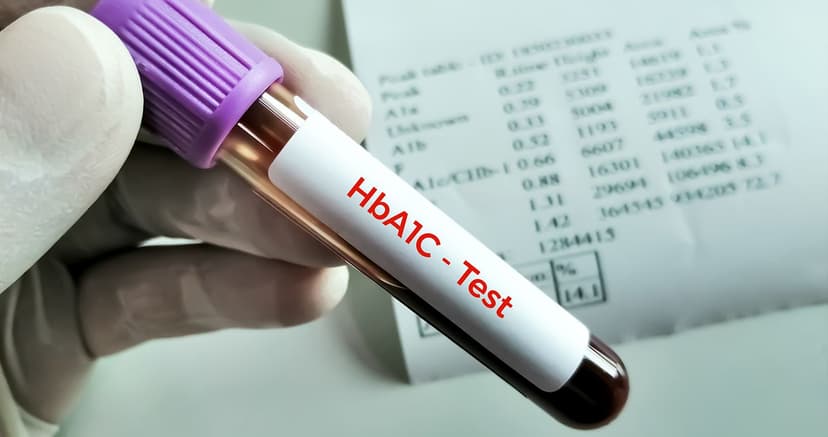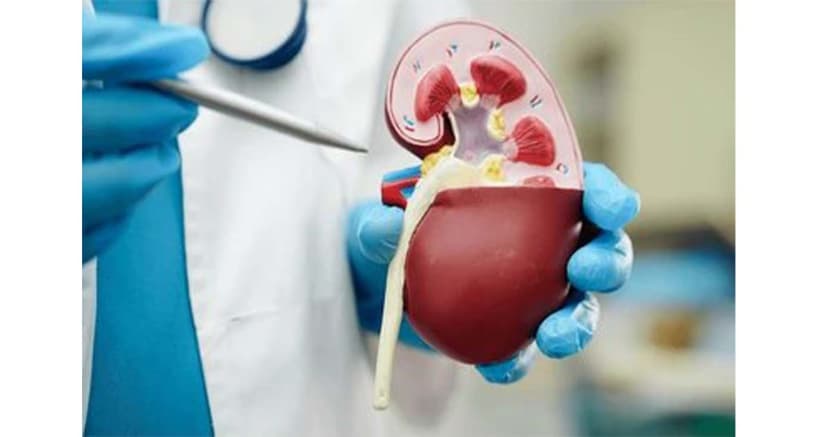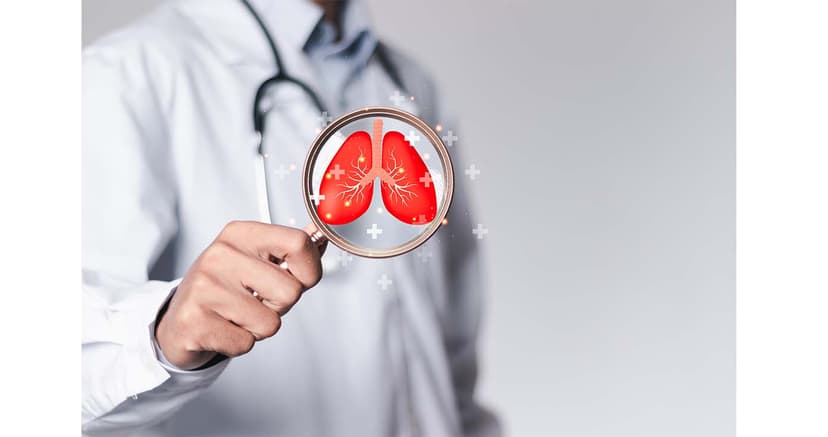Orthopaedic Trauma: Understanding Fractures, Dislocations, and Soft Tissue Injuries
By:

Apex Hospitals
10-08-2024

The human body is a remarkable structure, with bones forming the essential framework that supports our movement and stability. However, bones and joints are susceptible to injury despite their strength and resilience. Orthopaedic trauma can affect individuals of any age or lifestyle, ranging from mild strains to severe fractures. Such injuries can significantly impact our mobility and ability to carry out daily tasks. Understanding the different types of orthopaedic trauma is crucial for effective diagnosis, treatment, and rehabilitation. In this guide, we will explore the critical aspects of fractures, dislocations, and soft tissue injuries, providing valuable insights into their causes, symptoms, and the most effective approaches to recovery.
What is orthopaedic trauma?
Trauma, defined as injury from an external force, can often be life-threatening, mainly when it involves the musculoskeletal system. In orthopaedic medicine, trauma is categorized as severe injury to muscles, joints, ligaments, bones, and soft tissues. Orthopaedic trauma encompasses a wide range of injuries, from simple sprains and strains to complex fractures and dislocations, often resulting from sudden impacts like falls, car accidents, or repetitive stress in sports or specific occupations.
Although not always life-threatening, these injuries can severely impact a person's mobility and overall quality of life. Common symptoms include pain, swelling, and difficulty using the affected limb. Prompt and appropriate treatment is crucial to ensure proper healing and to prevent more severe complications.
What are the common types of orthopaedic trauma?
Orthopaedic trauma encompasses a variety of injuries affecting the musculoskeletal system. Here are some of the most common types:
1. Fractures: Bone breakage can range from simple (closed) fractures where the bone remains aligned to compound and (open) fractures where the bone pierces the skin.
2. Dislocations: These occur when a bone is forced out of its normal position in a joint. They can happen in the shoulder, knee, hip, or elbow joints. Dislocations often involve significant pain and require medical intervention to realign the joint.
3. Sprains and Strains:
- Sprains: Injuries to ligaments, the tissues that connect bones at a joint. Sprains are common in the ankles, wrists, and knees.
- Strains: Injuries to muscles or tendons, the tissues that connect muscles to bones. Strains often occur in the back or hamstrings.
4. Tendon and Ligament Tears: Severe strains can lead to partial or complete tears of tendons or ligaments. Common examples include Achilles tendon ruptures and anterior cruciate ligament (ACL) tears in the knee.
5. Soft Tissue Injuries: Damage to muscles, ligaments, or tendons without a bone fracture. These include bruises, contusions, and more severe conditions like muscle tears.
What are the symptoms of orthopaedic trauma?
The symptoms of orthopaedic trauma can vary depending on the type and severity of the injury, but common symptoms include:
1. Acute pain at the site of the injury, which may be sharp, throbbing, or constant. Pain often worsens with movement or pressure on the affected area.
2. Swelling or inflammation around the injured area can occur immediately or develop over time.
3. Discoloration of the skin (bruising) around the injured area due to bleeding under the skin.
4. Visible deformity or abnormal appearance of a bone or joint, such as a limb that appears out of place, bent, or shortened.
5. Difficulty or inability to move the affected joint, limb, or body part. This could range from reduced range of motion to complete immobility.
6. Feelings of numbness, tingling, or "pins and needles" may indicate nerve damage or compression.
7. In severe cases, a bone may break through the skin (an open or compound fracture), which is a medical emergency.
8. A feeling that a joint is unstable or could "give way" is often seen in dislocations or severe ligament injuries.
9. When moving the affected joint or bone, a cracking, popping, or grinding sound or sensation often indicates a fracture or joint injury.
10. Difficulty or inability to stand or walk on an injured leg or foot due to pain, instability, or weakness.
How to diagnose orthopaedic trauma?
Diagnosing orthopaedic trauma involves several key steps. Initially, a healthcare provider takes a detailed medical history and performs a physical examination to assess symptoms such as pain, swelling, and deformity. Imaging studies, such as X-rays, CT scans, and MRIs, are then used to visualize bone fractures, dislocations, and soft tissue injuries. Additional tests like ultrasound or bone scans may be employed as needed. This comprehensive approach helps accurately identify the injury's nature and extent to guide effective treatment.
Treatment of orthopaedic trauma
The treatment of orthopaedic trauma depends on the type and severity of the injury. Here are common treatment approaches:
- Casts or splints keep the bone in place and allow it to heal.
- Aligning the broken bones back into their correct position can be done manually (closed reduction) or surgically (open reduction).
- In some cases, surgical intervention with internal fixation (plates, screws) or external fixation may be required to stabilize the fracture.
1. Fractures
- Realigning the displaced bone back into the joint is typically done under sedation or anaesthesia.
- Using braces or splints to keep the joint stable during the healing process.
- Physical therapy to restore joint function and strength.
2. Dislocations
- Applying ice and resting the injured area to reduce pain and swelling.
- Using compression bandages and elevating the injured area to minimize swelling.
- Gradual exercises and stretches to restore function and prevent future injuries.
3. Sprains and Strains
- Rest, ice, compression, and elevation (RICE) for mild tears.
- Surgical repair or reconstruction of the damaged tendon or ligament for severe tears.
- Physical therapy to regain strength and flexibility.
4. Tendon and Ligament Tears
- Rest and ice to reduce swelling and pain.
- Pain relievers and anti-inflammatory drugs to manage symptoms.
- Exercise and therapy to restore function and strength.
5. Soft Tissue Injuries
Selecting the right hospital and healthcare provider is essential for achieving the best outcomes in orthopaedic treatment. Apex Hospitals recognized as the leading orthopaedic hospital in Jaipur, offers cutting-edge technology, experienced orthopaedic surgeons, and thorough rehabilitation services. By opting for a top-tier orthopaedic hospital like Apex, patients benefit from advanced diagnostic tools, specialized treatment options, and customized care plans designed to meet their individual needs.
FAQS
Related Articles
Connect With Us
Health In A Snap, Just One App.
KNOW MORE
























































































































































